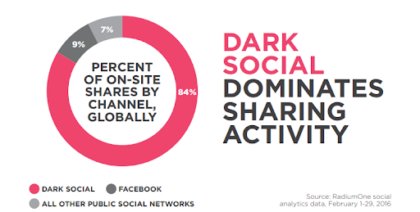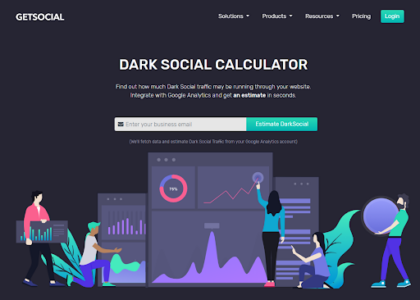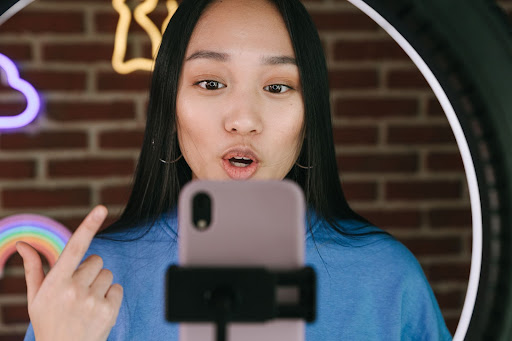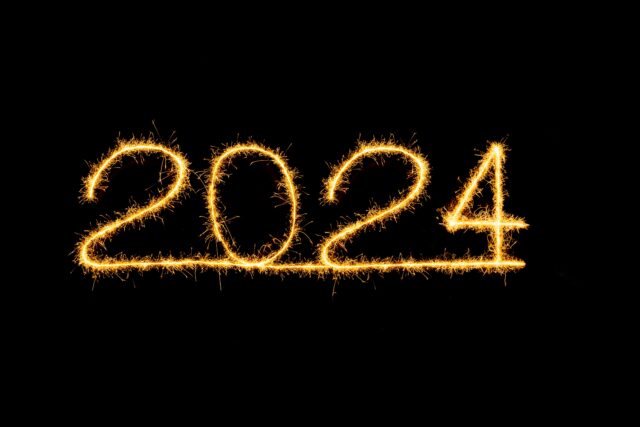The term ‘Dark Social’ was coined by American journalist and former deputy editor of The Atlantic, Alexis C. Madrigal in 2012, to describe the act of content being shared through private means which can’t be tracked by analytics tools or software.
Sharing options in the form of buttons embedded in a platform allows for coding tags to track your activity. Whereas, if you copy and paste URL links into private messaging platforms like WhatsApp, this code isn’t present to log your sharing activity.
An example might be linking to a website in a private chat between two friends on WhatsApp. Once the link is clicked in the app, it will still take the user to the website, however trying to track how this user has come to this website via Google Analytics by the business owner is almost impossible. This is because the conversation between the two friends on WhatsApp is encrypted and therefore the link doesn’t have a specific source tag attached to it.
Examples of Dark Social
WhatsApp is often used as a prime example of dark social, but which other platforms present a challenge for identifying attribution and contribute to this secret online world?
To name a few examples:
- Private and instant messaging
- Groups and communities
- Employee communication platforms such as Slack
- Emails, texts and direct messages
- ‘Word of mouth’ calls, in person conversations
Why does Dark Social matter?
You’ll probably have realised that you often take part in this type of social sharing with friends and family. Now if you take part in it frequently yourself, imagine the sheer amount of content sharing that happens in this way everyday – a huge problem when viewing web traffic analytics. Platforms can’t tell the difference between a link which has been copy and pasted and a link that’s been directly typed into the address bar. Therefore, the majority of traffic showing up as direct is in fact, traffic generated from Dark Social sharing.

So why do we need to take notice? Because of its enormity. As much as 84% of all outbound sharing is said to be through Dark Social means. You can’t just ignore these figures – especially when considering the growing popularity of such forms of communication – meaning more and more content will be shared this way. Shockingly, only 4% of marketers are taking Dark Social seriously.
There’s also the value of this activity to consider. If you think of your own behaviour – you’re probably highly likely to click on a link shared by a friend or family member, as well as being more likely to engage with its content. Potentially, these valued links will result in more leads and conversions too, as they come hand in hand with a sense of trust and recommendation from those you know.
How to track and measure Dark Social
Dark Social and Google Analytics don’t really get along, but although it’s almost impossible to track all Dark Social traffic, there are a few things that you can take into consideration to see if Dark Social is driving large amounts of traffic to your website.
Firstly, check the length of the links in your direct traffic. If it’s a super duper long link, it’s highly unlikely that the user has typed this in organically and is often the case of Dark Social traffic. Consider the use of URL shorteners to disguise your contents’ long form URL. Ow.ly or Google URL shortener do the trick and contain trackable links that you can encourage your audience to share.
There are a number of tools out there which can give you some indication of how much your content is being shared through the medium of Dark Social. GetSocial’s Dark Social calculator which uses your Google Analytics data and estimates how much Dark Social traffic your website receives.

The future of Dark Social
As more online users seek out encrypted options as their preferred communication methods to ensure that their conversations are private, it’s quite obvious Dark Social and the traffic it generates is here to stay.








